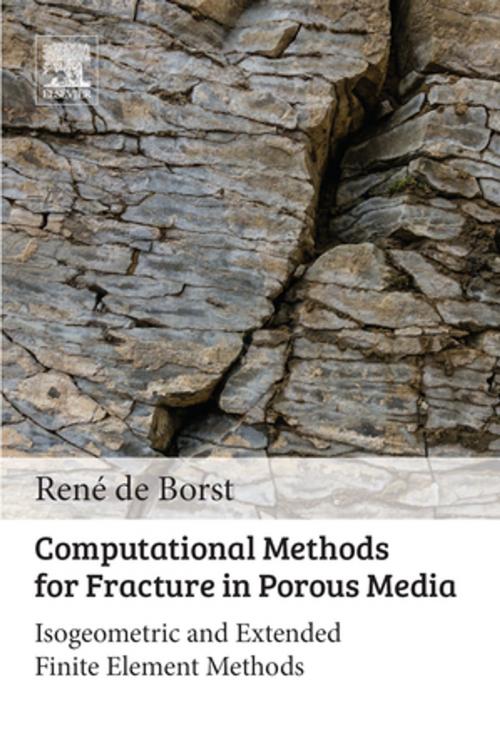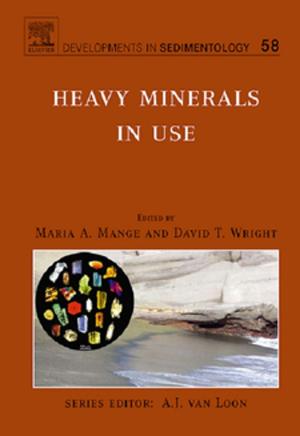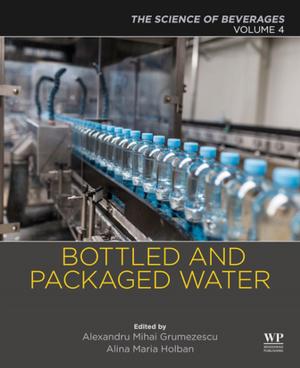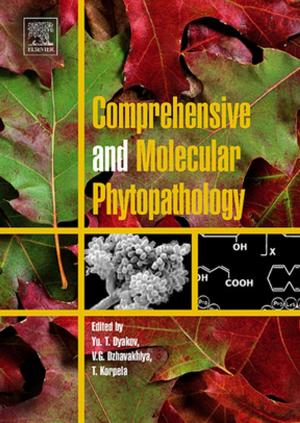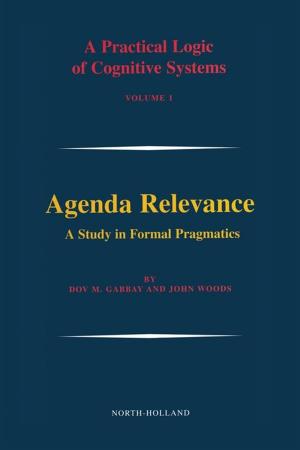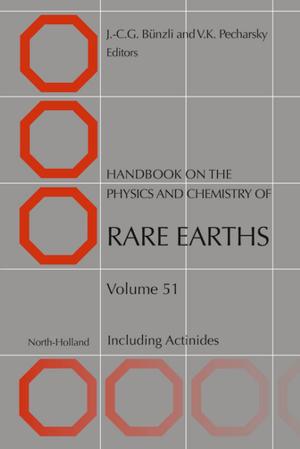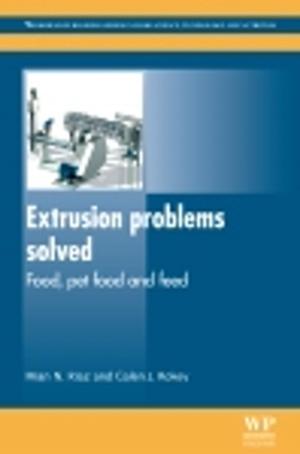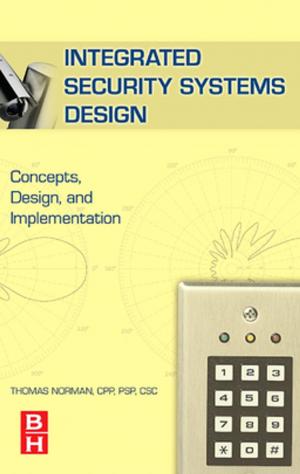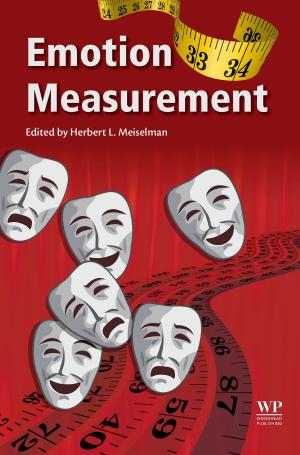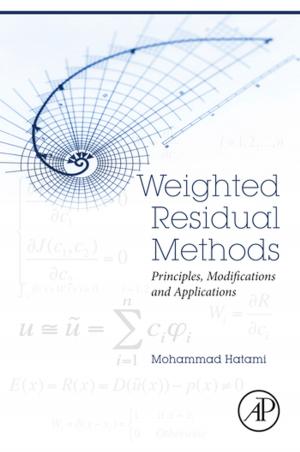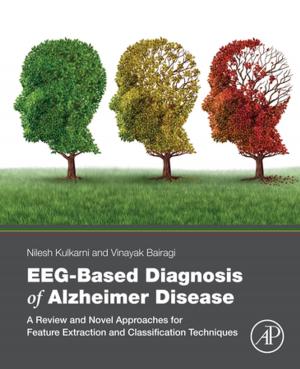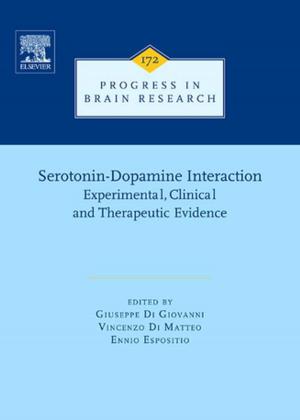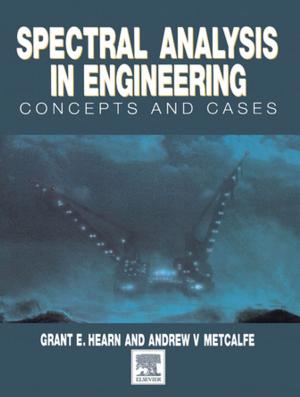Computational Methods for Fracture in Porous Media
Isogeometric and Extended Finite Element Methods
Nonfiction, Science & Nature, Technology, Engineering, Civil| Author: | René de Borst | ISBN: | 9780081009239 |
| Publisher: | Elsevier Science | Publication: | October 18, 2017 |
| Imprint: | Elsevier | Language: | English |
| Author: | René de Borst |
| ISBN: | 9780081009239 |
| Publisher: | Elsevier Science |
| Publication: | October 18, 2017 |
| Imprint: | Elsevier |
| Language: | English |
Computational Methods for Fracture in Porous Media: Isogeometric and Extended Finite Element Methods provides a self-contained presentation of new modeling techniques for simulating crack propagation in fluid-saturated porous materials. This book reviews the basic equations that govern fluid-saturated porous media. A multi-scale approach to modeling fluid transport in joins, cracks, and faults is described in such a way that the resulting formulation allows for a sub-grid representation of the crack and fluid flow in the crack. Interface elements are also analyzed with their extension to the hydromechanical case. The flexibility of Extended Finite Element Method for non-stationary cracks is also explored and their formulation for fracture in porous media described. This book introduces Isogeometric finite element methods and its basic features and properties. The rapidly evolving phase-field approach to fracture is also discussed.
The applications of this book’s content cover various fields of engineering, making it a valuable resource for researchers in soil, rock and biomechanics.
- Teaches both new and upcoming computational techniques for simulating fracture in (partially) fluid-saturated porous media
- Helps readers learn how to couple modern computational methods with non-linear fracture mechanics and flow in porous media
- Presents tactics on how to simulate fracture propagation in hydraulic fracturing
Computational Methods for Fracture in Porous Media: Isogeometric and Extended Finite Element Methods provides a self-contained presentation of new modeling techniques for simulating crack propagation in fluid-saturated porous materials. This book reviews the basic equations that govern fluid-saturated porous media. A multi-scale approach to modeling fluid transport in joins, cracks, and faults is described in such a way that the resulting formulation allows for a sub-grid representation of the crack and fluid flow in the crack. Interface elements are also analyzed with their extension to the hydromechanical case. The flexibility of Extended Finite Element Method for non-stationary cracks is also explored and their formulation for fracture in porous media described. This book introduces Isogeometric finite element methods and its basic features and properties. The rapidly evolving phase-field approach to fracture is also discussed.
The applications of this book’s content cover various fields of engineering, making it a valuable resource for researchers in soil, rock and biomechanics.
- Teaches both new and upcoming computational techniques for simulating fracture in (partially) fluid-saturated porous media
- Helps readers learn how to couple modern computational methods with non-linear fracture mechanics and flow in porous media
- Presents tactics on how to simulate fracture propagation in hydraulic fracturing
